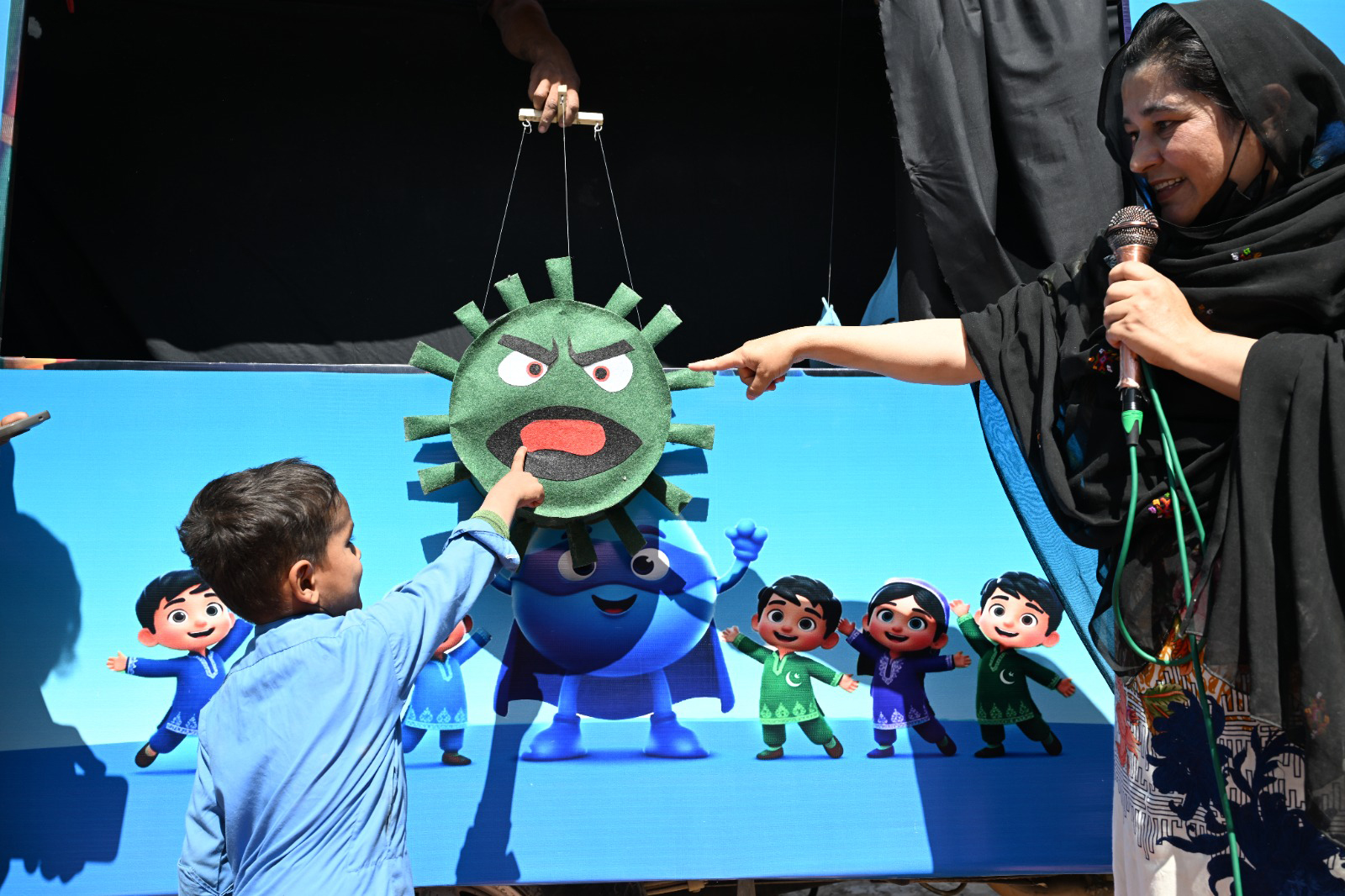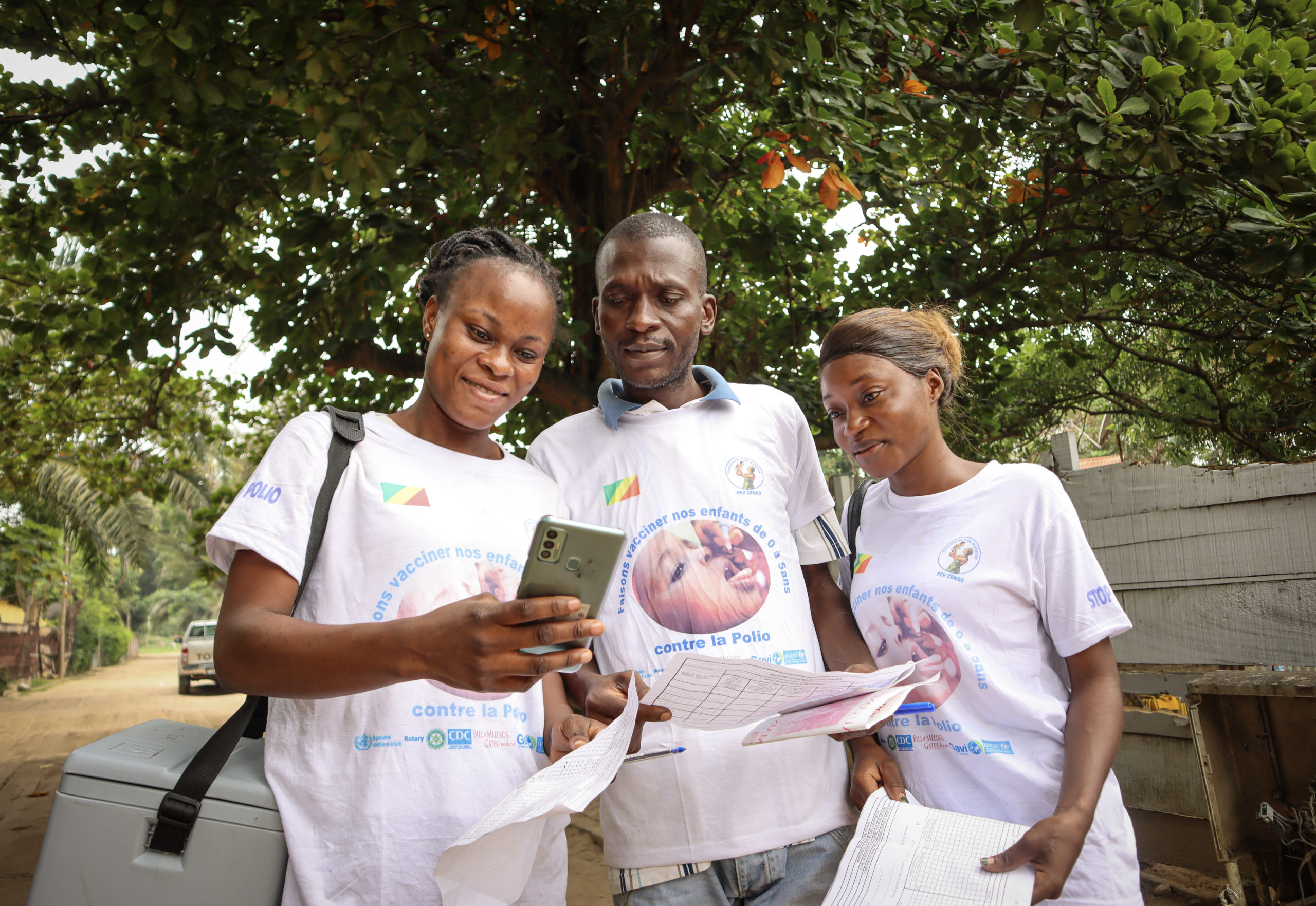
Between 17 April and 1 May, every country in the world currently using oral poliovirus vaccine (OPV) must withdraw the trivalent vaccine (tOPV) and replace it with the bivalent vaccine (bOPV). This will continue to protect infants from poliovirus types 1 and 3 while withdrawing the type 2 component, thereby mitigating the risk of seeding new type 2 circulating vaccine-derived poliovirus (cVDPV2).
With less than a month to go, countries are demonstrating strong progress towards readiness for the switch.
All 155 countries that use OPV have now developed switch plans and are putting the final preparations in place. Nearly 75% of the countries (112) have already received their shipments of bOPV, which are being distributed to peripheral storage location and service points. The GPEI have provided financial support to 67 countries to aid planning and implementation, 43 of are high risk and low income countries.
In the final run-up, switch monitors are being trained to ensure the switch is overseen in an effective way to ensure that no single health facility or vaccine storage centre continues to store or use stocks of trivalent OPV after the switch date. Global monitors have been designated to 27 countries from the US Centres for Disease Control and Prevention, the Bill and Melinda Gates Foundation, the Task Force on Global Health, UNICEF, Rotary International and WHO. Other in-country immunization-partners are deploying extra staff to the field.
Watch this series of short videos to understand more about the polio vaccines, the phased withdrawal of the oral polio vaccine starting with the switch and other steps being taken to secure a polio-free world.
With careful planning and thorough oversight, the switch will represent a huge achievement for the polio programme and will provide a basis for the eventual withdrawal of all OPV, following eradication of poliovirus types 1 and 3.
Read more about preparations for the switch here.



